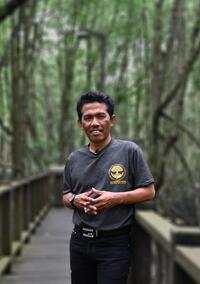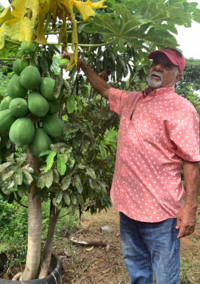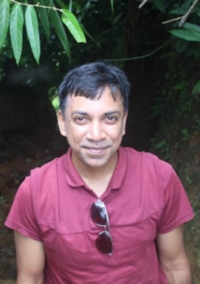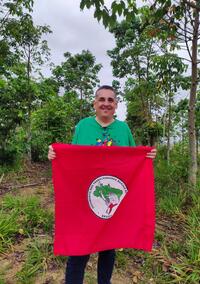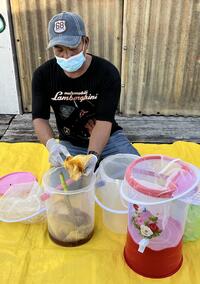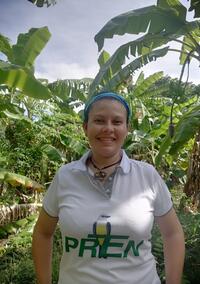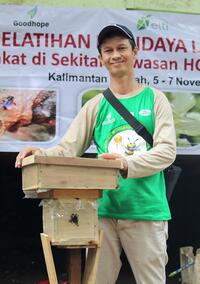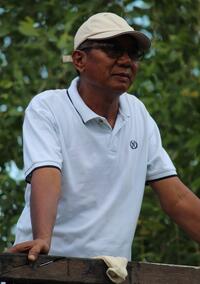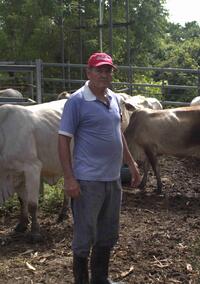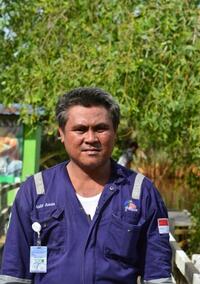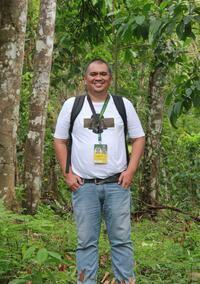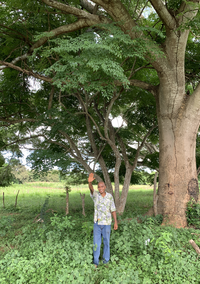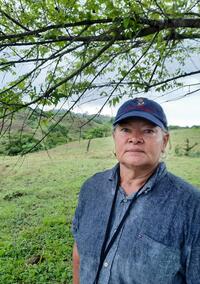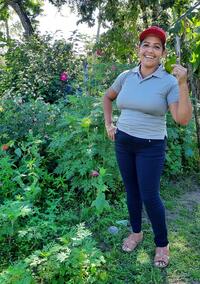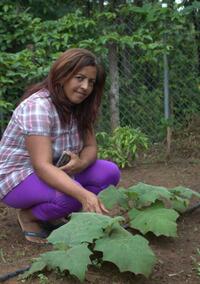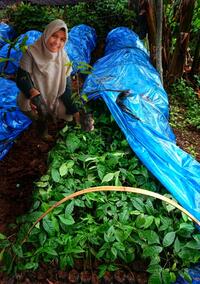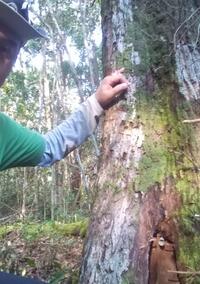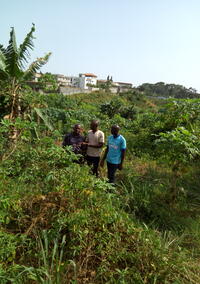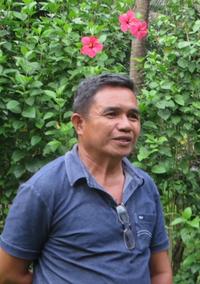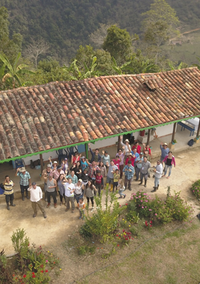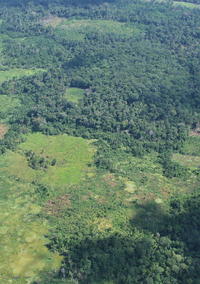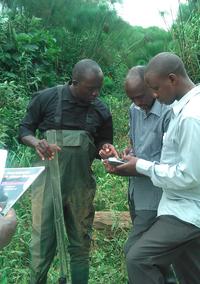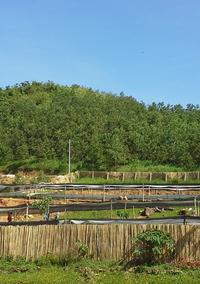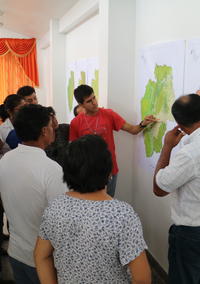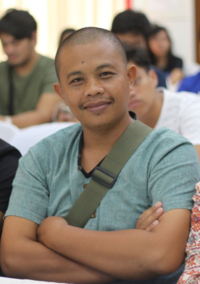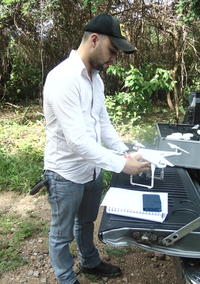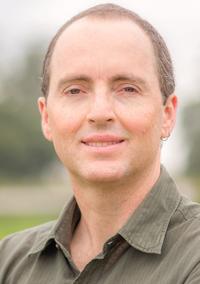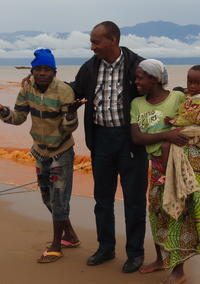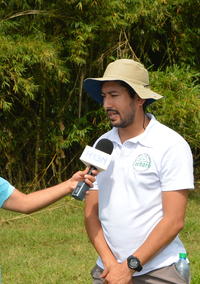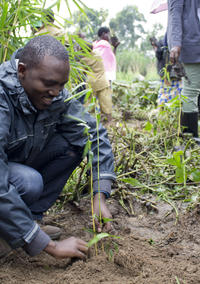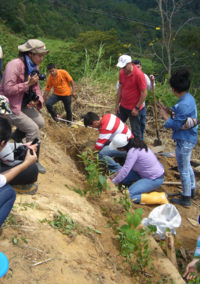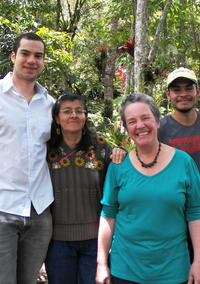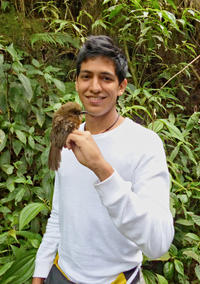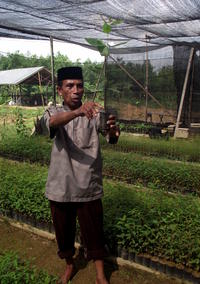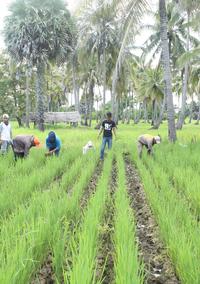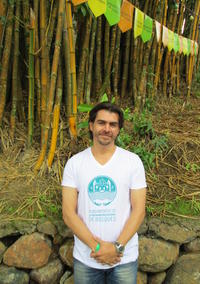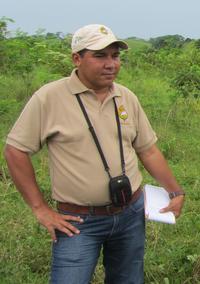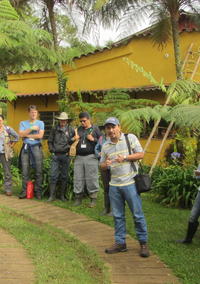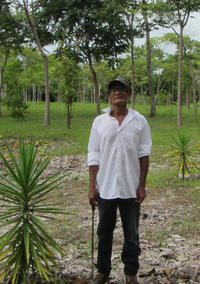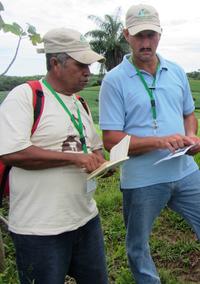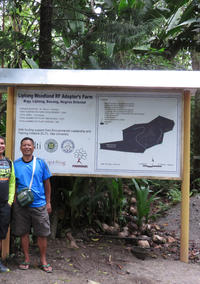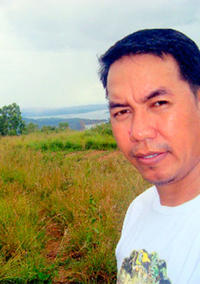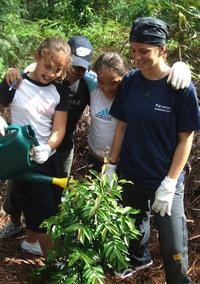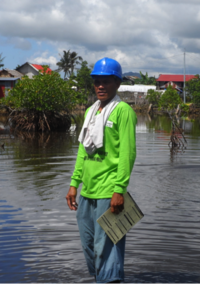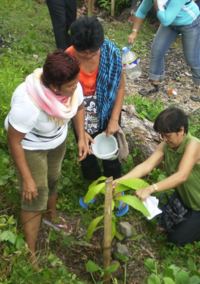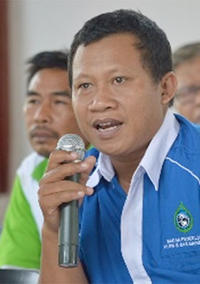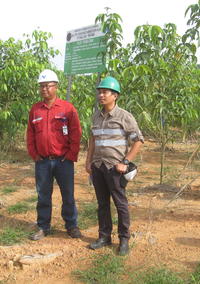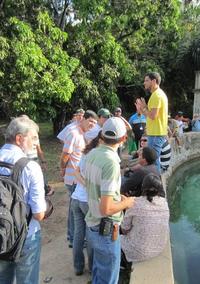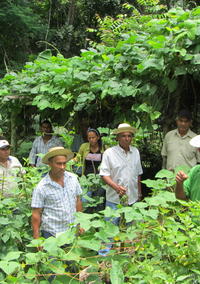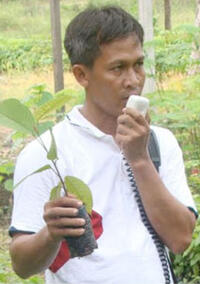You are here
Applying Restoration Strategies Learned In Training
Colombia’s mountainous slopes have been impacted severely by single-crop coffee farming and cattle ranching pasture. The steep, denuded terrain suffers landslides and widening gullies during each winter’s intense rainfall. To compensate for the loss in fertility, farmers require more production supplies like expensive fertilizers and more labor work. When the land becomes too degraded or difficult to work they change their crops or move to new areas to produce.
“It is a cycle of degradation and deforestation. For a long time, the soil has been treated like a machine in which one dumps inputs and extracts crops,” says Mauricio Carvajal, researcher at the Ecological Restoration Department of the Center for Research in Sustainable Production Systems (CIPAV). “This simplifies the real value of soil as a live system that contains life and makes itself live. We needed opportunities to influence farming practices, cattle ranching and the management of slopes in rural landscapes.”
Mauricio and his peers at CIPAV coordinate and facilitate ecological restoration processes in these rural afflicted areas. Most of their work occurs outside of urban areas and without support from the government. Their success relies on close relationships that they have built with local communities and training them to continue the work over the long term.
The first ELTI course gave me new, clear, practical and applicable information for my work and the improvement of ecological restoration processes. I really appreciate and value the coordinators and instructors behind the courses. They are very professional and have motivated me to continue pursuing new courses.
Mauricio Carvajal
In May of 2012, Mauricio went to Brazil for two weeks on an internship sponsored and coordinated by ELTI’s Leadership Program. There, he wanted to learn about the mass production of native species and methods of reforestation with native species.
Mauricio returned to his work at CIPAV with better techniques and concepts. He and his team taught these ecological restoration methods to over 100 participants who applied this knowledge on 95 hectares of the Tolima department. As the work takes root, many communities will benefit from erosion control, native forest restoration and increased flows in their rural aqueducts and microwatersheds.
“This work would not have been as successful without my training on seed collection, recovery of native seedlings and forest restoration,” said Mauricio. “My internship in Brazil was crucial to achieve a favorable impact on these project sites.”
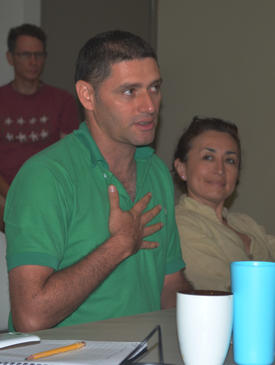
Acknowledgements
Thanks to Zoraida Calle and Enrique Murgueitio from CIPAV for keeping alive the interest in strengthening the CIPAV family; ELTI for creating important spaces and learning moments for a positive impact in the rural communities of Colombia, many of which don’t have good examples of sustainable production; and the Ecological Laboratory of Forest Restoration (LERF) and Bioflora Nursery personnel for hosting us, guiding us, and being willing to share their knowledge in a practical way.
–Mauricio Carvajal






